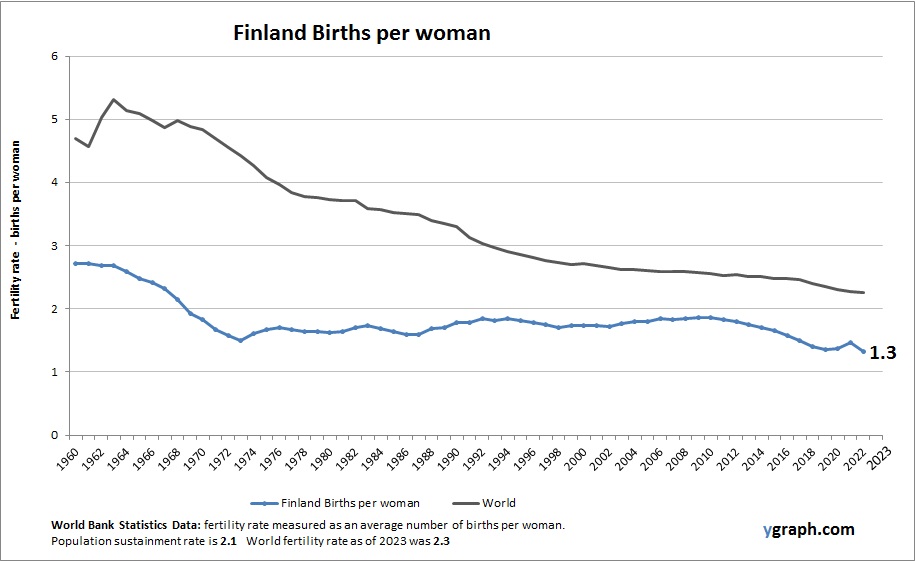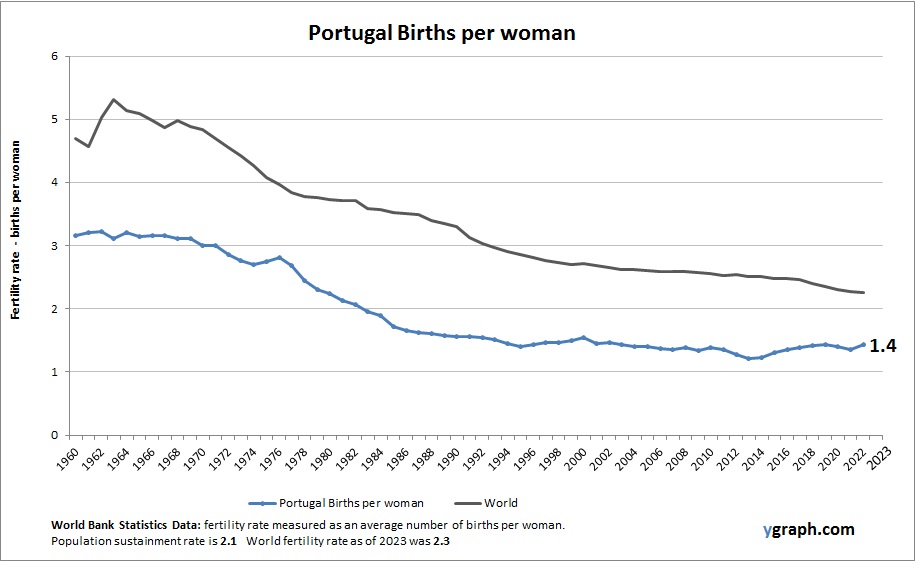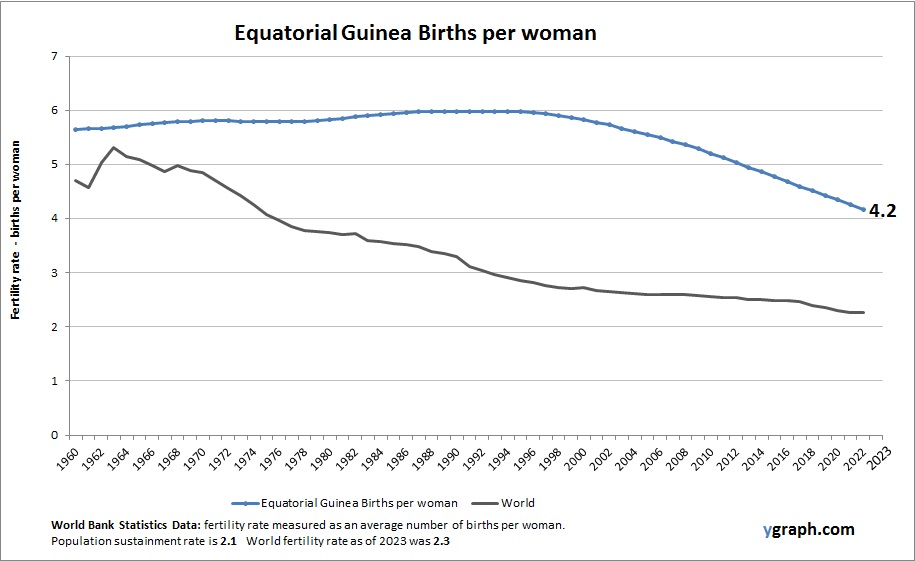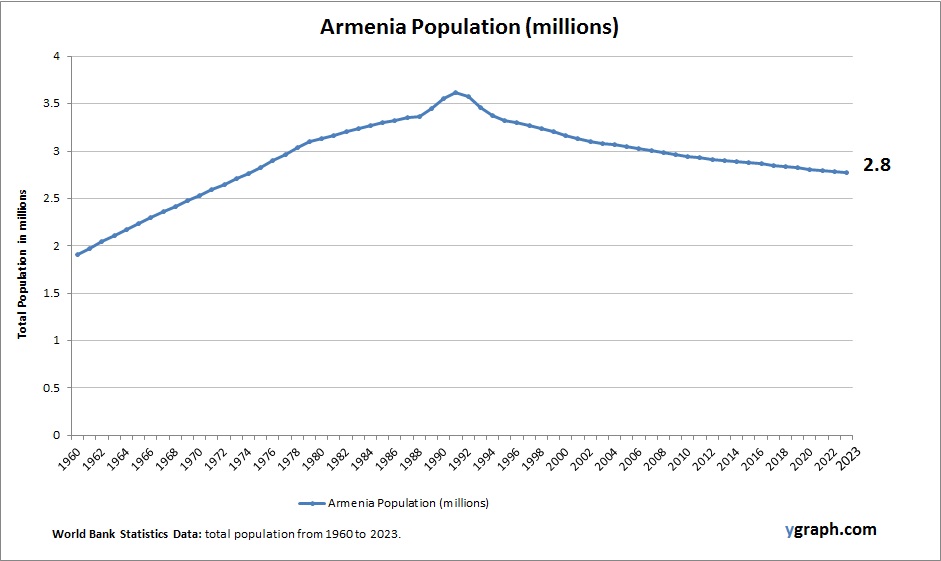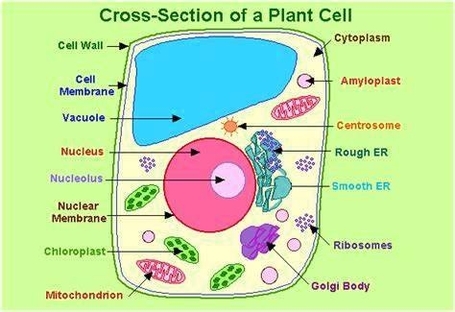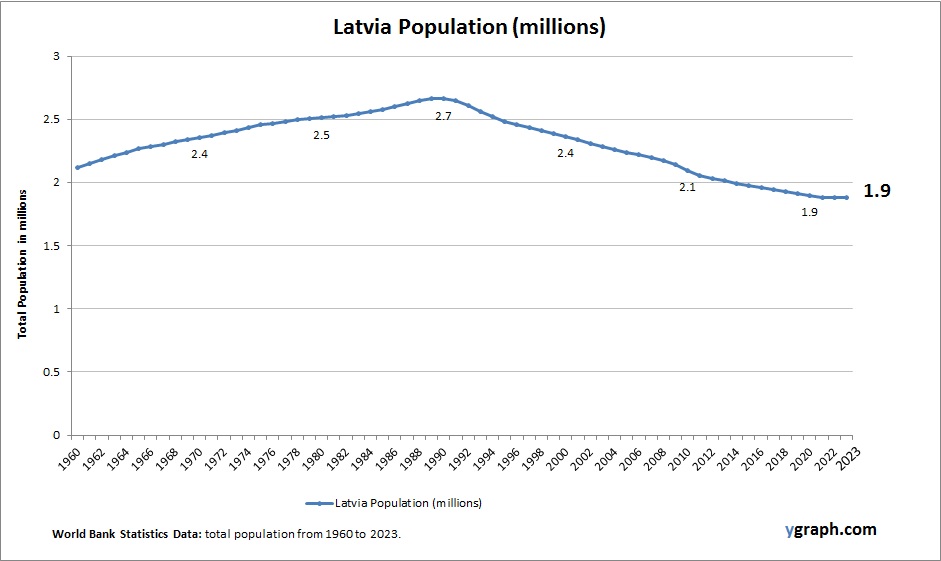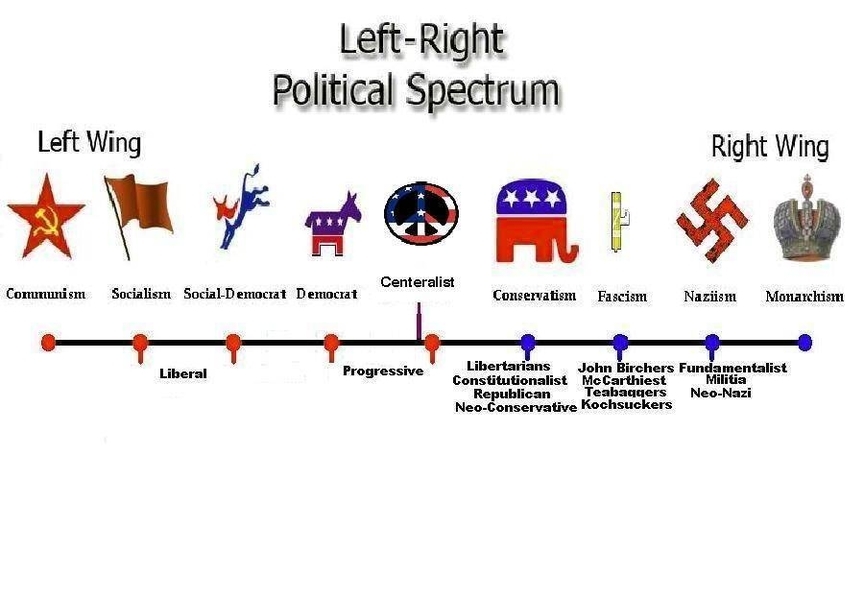This diagram presents Finland Births per woman. The fertility rate statistics are compiled by World Bank. Latest births per woman information for Finland.
Finlands fertility rate is below replacement level, contributing to an aging population. Government policies supporting work-life balance, parental leave, and childcare aim to encourage higher birth rates, but economic and social factors continue to limit population growth. Urbanization and high living standards characterize demographic trends.
